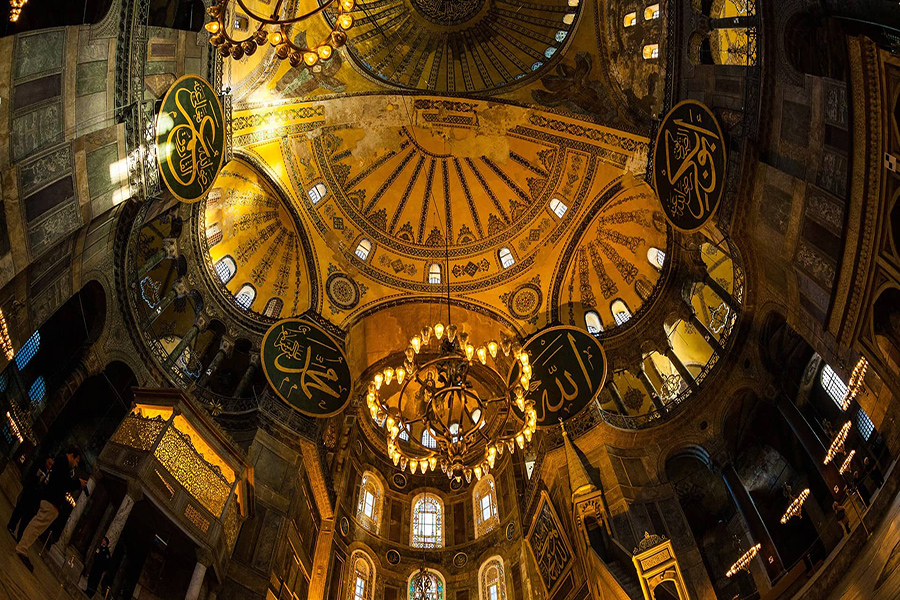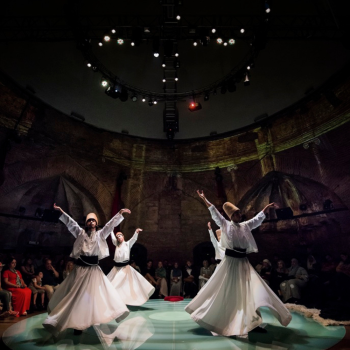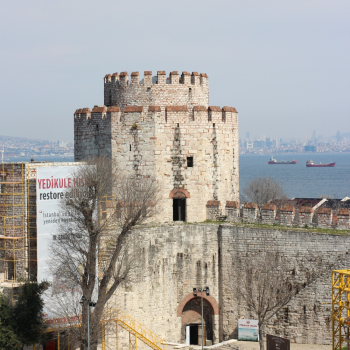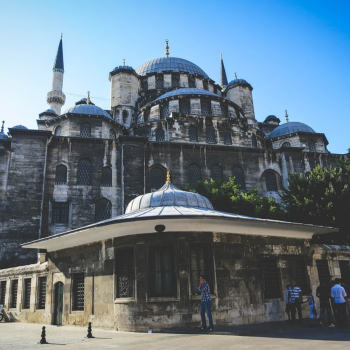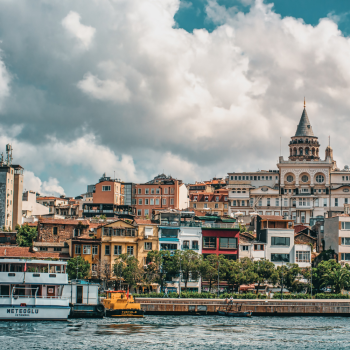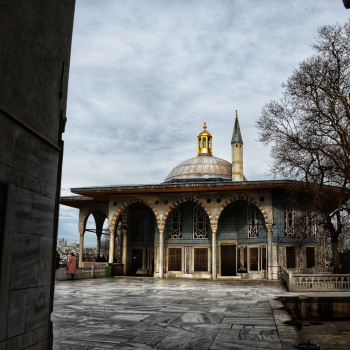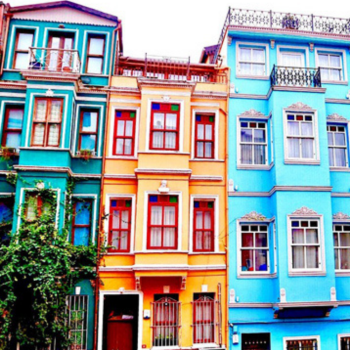When Fatih Mehmet the Conqueror proclaimed freedom to all despite race or religion, many of the Greeks who had fled the city under siege, plus others, settled in this neighborhood. These Greeks were known as “Phanariots” and were an integral part of Ottoman life. Many of the stately homes, schools, monasteries, and churches date to this period of prosperity. Built on one of the city’s seven central hills, this neighborhood was called Petrion (rock) by the Byzantines, and it was primarily inhabited by Rum. To the north, bordering the Fener neighborhood, a community of predominantly Balat Jews was represented by its share of influential politicians, physicians, and diplomats. But in spite of the relative prosperity of the neighborhood, Balat never quite rose to the level of neighboring Fener and still maintains the stigma of being Fener’s poorer cousin. Ahrida Sinagogue The first synagogue in Istanbul was constructed by a group of Macedonian Jews emigrating from the town of Ohri, for which the synagogue is named. It dates to the first half of the 15th century, when Istanbul was still under Byzantine rule, but after Macedonia had already fallen to the Ottomans. Over the next 500 years, the congregation grew to include Jews from Spain, Germany, and Russia. The synagogue was restored in the 17th century. Much of the Jewish community in Balat has moved on to other of the city’s neighborhoods, but the synagogue still operates for a much-reduced number of remaining congregants. The most striking feature is the bima, constructed in the form of a ship’s bow. The recurring images of boats, seen etched above doorways and windows around the neighborhood, represent the lifeline provided to the expelled Jews of Spain in 1492 by Beyazıt II.
176 spring, and in the 5th century a.d., Empress Augusta Pulcheria, wife of Emperor Marcian, had a church built on the site. Sometime between a.d. 457 and a.d. 474, Emperor Leo I added a marble statue of Mary, from whose hands flowed the holy water of the spring, as well as a sacred pool. He later added a chapel to house the relics of the Virgin Mary, which included the holy robe stolen by citizens of Constantinople on a pilgrimage to Jerusalem and a gold and silver icon of the Virgin. This icon was paraded along the battlements when the city was under siege by the Avars in a.d. 626 and is credited with saving the city. According to another tradition, the Holy Shroud (of Turin) was brought here in a.d. 944. The church succumbed to the wrath of the iconoclast period, and later, to fire. The church, and indeed the entire complex of buildings, was destroyed by fire in 1434. A replacement chapel was built in 1867, and later other sections were added on. E X P LO R I N G I S TA N B U L
Below are our group and private tours or art activities that may interest you.

